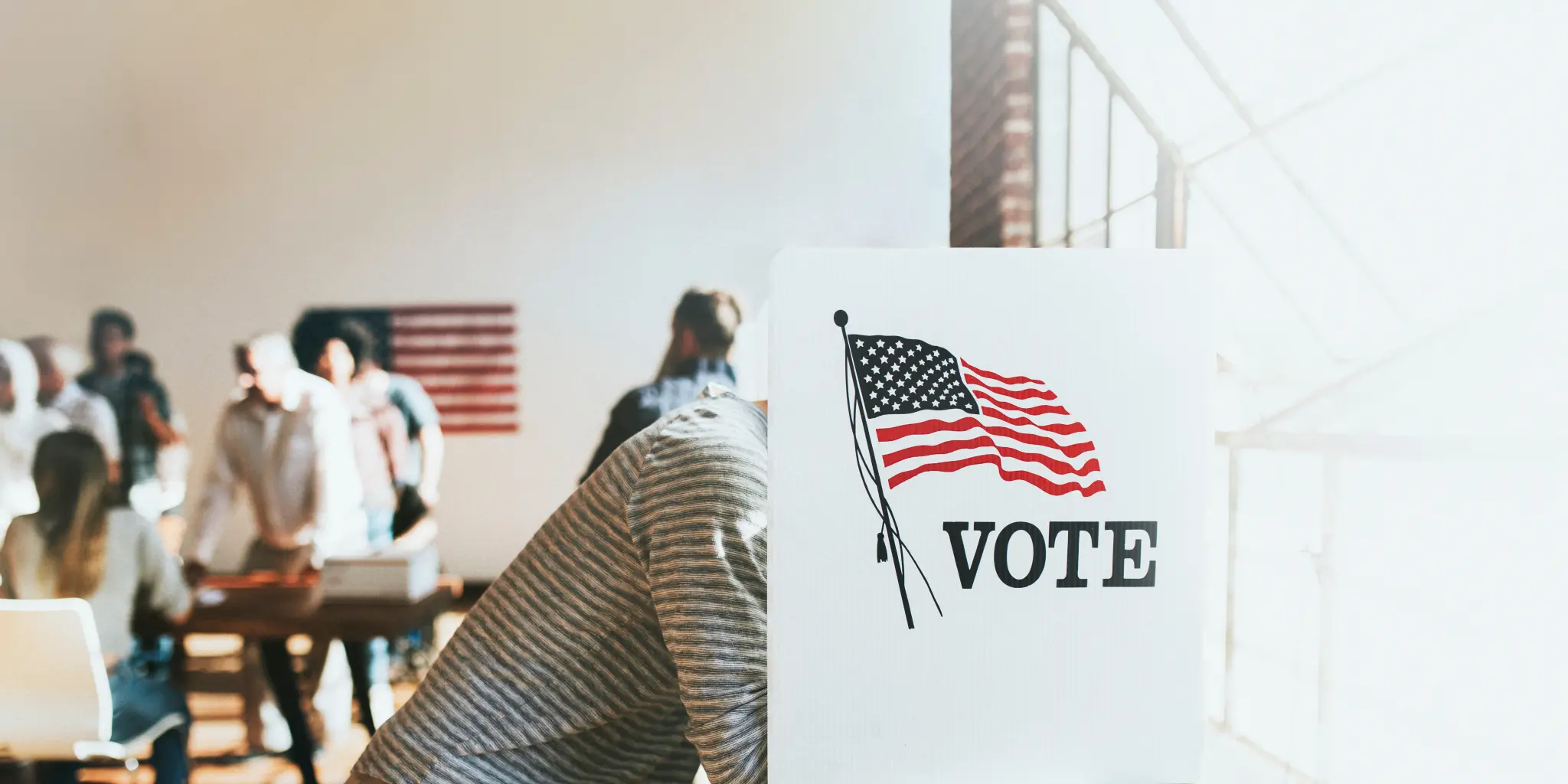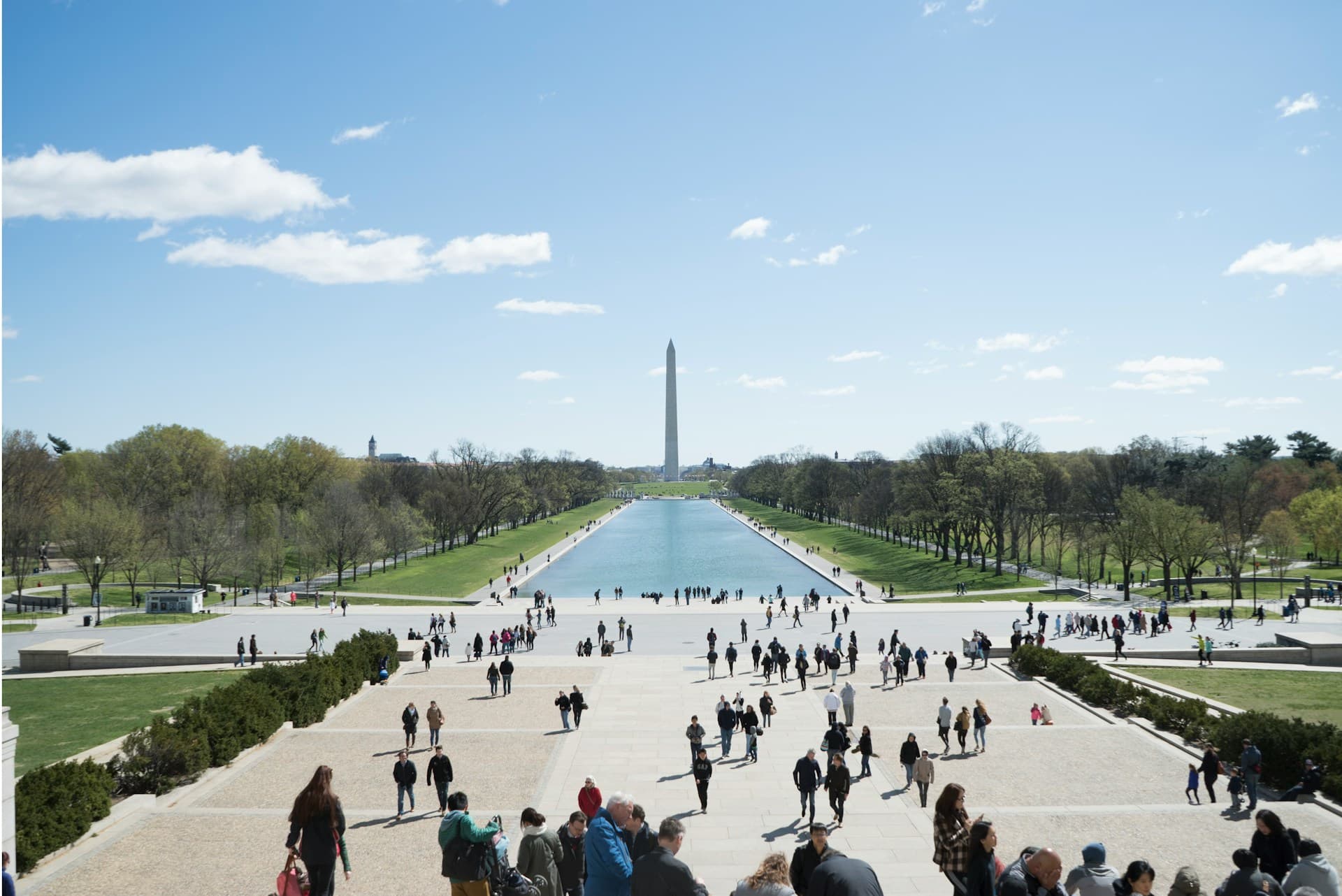A Bipartisan Effort to Gain Control and Disenfranchise Voters?

As reported on IVN this week, the Supreme Court will be considering two legal efforts to shut out voters from publicly-funded primaries: Ravalli County Republican Party v McCulloch and Democratic Party of Hawaii v Nago. McCulloch and Nago are the respective secretaries of state for their particular states, but the lawsuits might as well be called the Two Major Parties v The People.
Hawaii and Montana are by all means two very different states. Hawaii is basically a one-party state, where the Democratic party has control of all levels of government, from school boards to the Governor’s seat, while Montana is a ‘purple state’ or in thewords of the mayor of one of its municipalities, “a jelly doughnut, with the center being blue and the doughnut part being red,” referring to the Democratic urban centers and Republican rural outskirts. Democrats currently have control of the governor’s seat but Republicans have ample control the State Senate and Legislature.
But today, the two states have a common bond: the two major parties are making a power play, at the highest federal court level, to take control of the elections. They want to accomplish this by repealing the states’ open primary system, which allows voters to cast their ballot for whomever they like, regardless of their party registration.
In both lawsuits, the parties’ argument is essentially identical, and relies on precedent that recognized the political parties’ First Amendment right to not associate with voters who are not members of their party, obviously omitting the fact that those voters are in fact taxpayers who help fund ‘their’ elections.
In both cases the other party simply shrugged their shoulders and basically said “it’s their right to close their primary, we’re open though” with the Republican party of Hawaii taking it a bit further and basically accusing the Democratic party of trying to “protect the interests of their party bosses, machine politics, and their far left base.”
It’s hard to disagree with that statement, but why don’t they call their fellow Republicans in Montana and tell them the same thing?
But the most surprising aspect is the level of cooperation that can be found in the legal cert petitions in Hawaii and Montana where one quotes the other, and each party submitted to the Supreme Court, on the same day, December 21.
It seems we’ve finally found something on which the two parties can actually work together. A Bipartisan effort! Its mission: to consolidate electoral power in ‘their’ states, at the expense of democracy and the voters.
Image Source: RedDaxLuma / shutterstock.com



